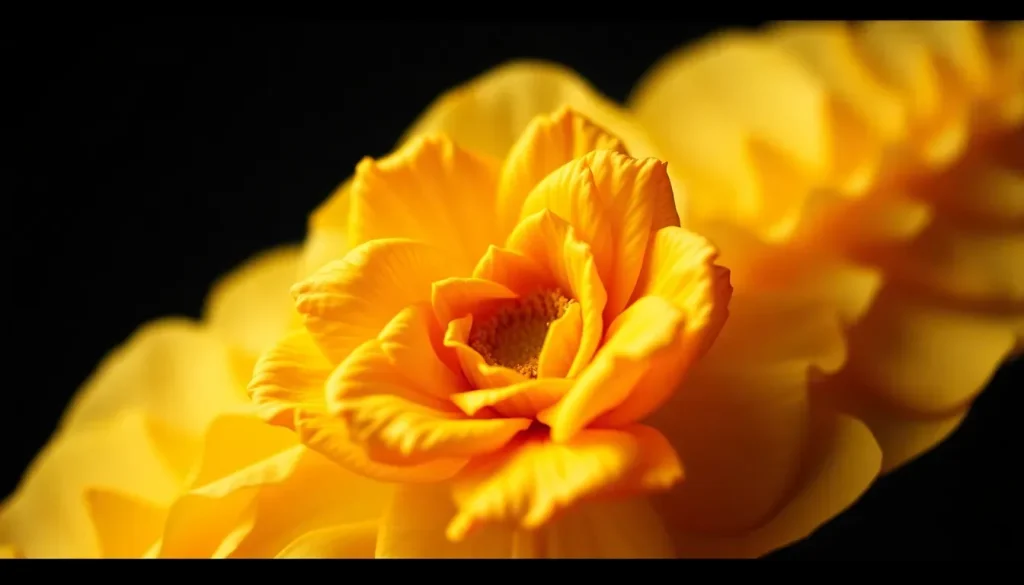Kodak revives and launches new Kodacolor film products

In an era when digital photography reigns supreme, Kodak is making a bold comeback to the film market. With their latest announcement, the iconic brand is set to launch two new photographic films that will not only cater to nostalgia but also meet the increasing demand from enthusiasts. Are we witnessing the revival of a legendary name in photography?
Kodak has unveiled plans to sell two new films, Kodacolor 100 and Kodacolor 200, directly to consumers, marking a significant shift in their distribution strategy. This move comes just months after Kodak halted production at its New York facility, reigniting interest in traditional film photography and promising a more stable supply in a fluctuating market.
Kodak's strategic pivot: Affordable film options
Kodak's production of these new films has been made possible by recent investments aimed at enhancing manufacturing capacity. According to Kodak’s CEO, Jim Continenza, the surge in sales necessitated adjustments in their production line to keep pace with the growing demand.
Continenza remarked, "We have been continuously investing in our manufacturing process, but we needed to pause to bring light to the darkness." This pause refers to a month-long halt in production at the Kodak Eastman Business Park, which did not negatively impact sales. The company maintained sufficient inventory to satisfy the needs of photography enthusiasts during this period.
Despite its challenges, including a significant bankruptcy filing in 2012, Kodak's resurgence is noteworthy. The company has evolved from being synonymous with outdated digital products to returning to its roots in analog photography.
- Investment in Manufacturing: Kodak's commitment to upgrading facilities enhances product availability.
- Market Demand: A surge in interest for analog photography drives production adjustments.
- Resilient Inventory: Strategic stock management ensures supply during production pauses.
What are the new Kodacolor films?
The new Kodacolor films are designed to meet the diverse needs of photographers, both amateur and professional. Here’s a closer look at what each film offers:
- Kodacolor 100: This is a low-speed color negative film balanced for daylight. It boasts a fine grain, vibrant colors, high sharpness, and a wide exposure latitude. Ideal for bright lighting conditions, it effectively captures details in both highlights and shadows.
- Kodacolor 200: This medium-speed color negative film is also balanced for daylight. Like its counterpart, it provides fine grain, saturated colors, and consistent color reproduction, making it suitable for general photography.
These films represent a return to form for Kodak, aiming to rekindle the love for film photography in a modern context.
Is Kodak making a comeback?
Kodak's renewed focus on film photography is not merely a nostalgic endeavor; it reflects a broader trend in the photography community. With the rise of the hipster movement in the 2000s, analog photography has surged in popularity among younger generations and artists alike.
Not only do filmmakers like Christopher Nolan embrace the allure of traditional film, but Gen Z is also discovering the unique experience of using vintage cameras over digital devices. This revival has created a robust market for film, compelling Kodak to innovate and adapt.
Challenges and competition in the film market
While Kodak is reestablishing its presence, the company faces stiff competition. Several players in the market have emerged, providing alternatives to Kodak’s products:
- Fujifilm: Known for its extensive range of film products, Fujifilm remains a strong contender in the analog space.
- Ilford: Specializing in black and white film, Ilford has a dedicated following among traditional photographers.
- Film Photography Project: This niche company has gained traction by catering to film enthusiasts with unique offerings.
These competitors highlight the challenges Kodak must navigate as it seeks to reclaim its status as a leading film manufacturer.
Will Kodak continue producing films?
The future of Kodak in the film industry appears promising as the company has committed to sustaining its production of photographic films. The launch of Kodacolor 100 and 200 is just the beginning, with plans for further innovations to meet the evolving demands of photographers.
Kodak's strategy includes:
- Direct Sales: By selling directly to distributors, Kodak aims to streamline the supply chain and stabilize pricing.
- Community Engagement: Connecting with photography communities to better understand their needs and preferences.
- Quality Assurance: Maintaining high standards in film production to meet consumer expectations.
With each step, Kodak is positioning itself not just as a relic of the past but as a dynamic player in the contemporary photography landscape.
For those interested in the resurgence of Kodak and its new film offerings, you can check out this insightful video that delves into Kodak's latest ventures:
As the photography world continues to evolve, Kodak's return to film may signal a renewed appreciation for the artistry that comes with traditional photography. With new products like the Kodacolor 100 and 200, Kodak is not only making a statement but also inviting a new generation to experience the magic of film.




Leave a Reply